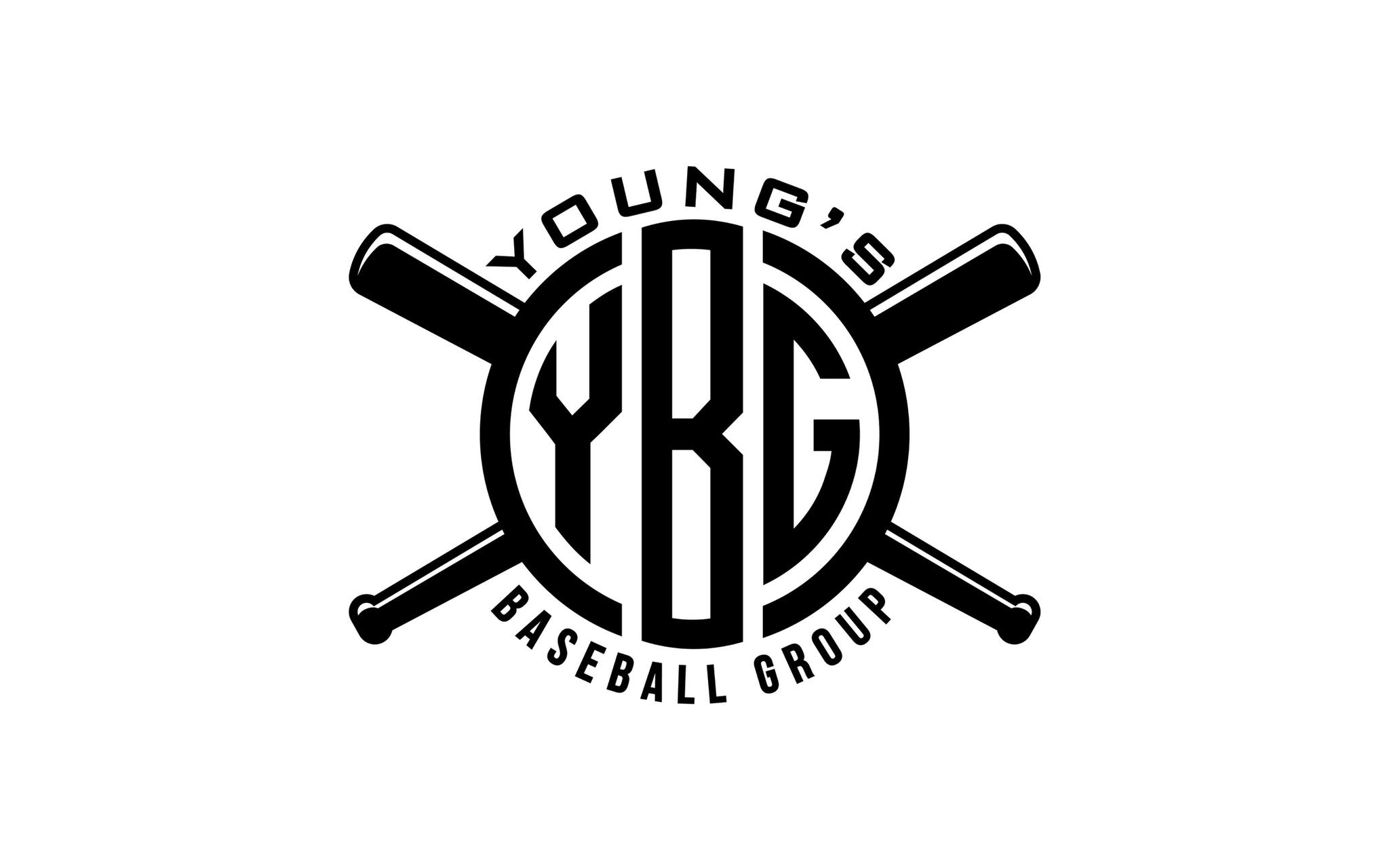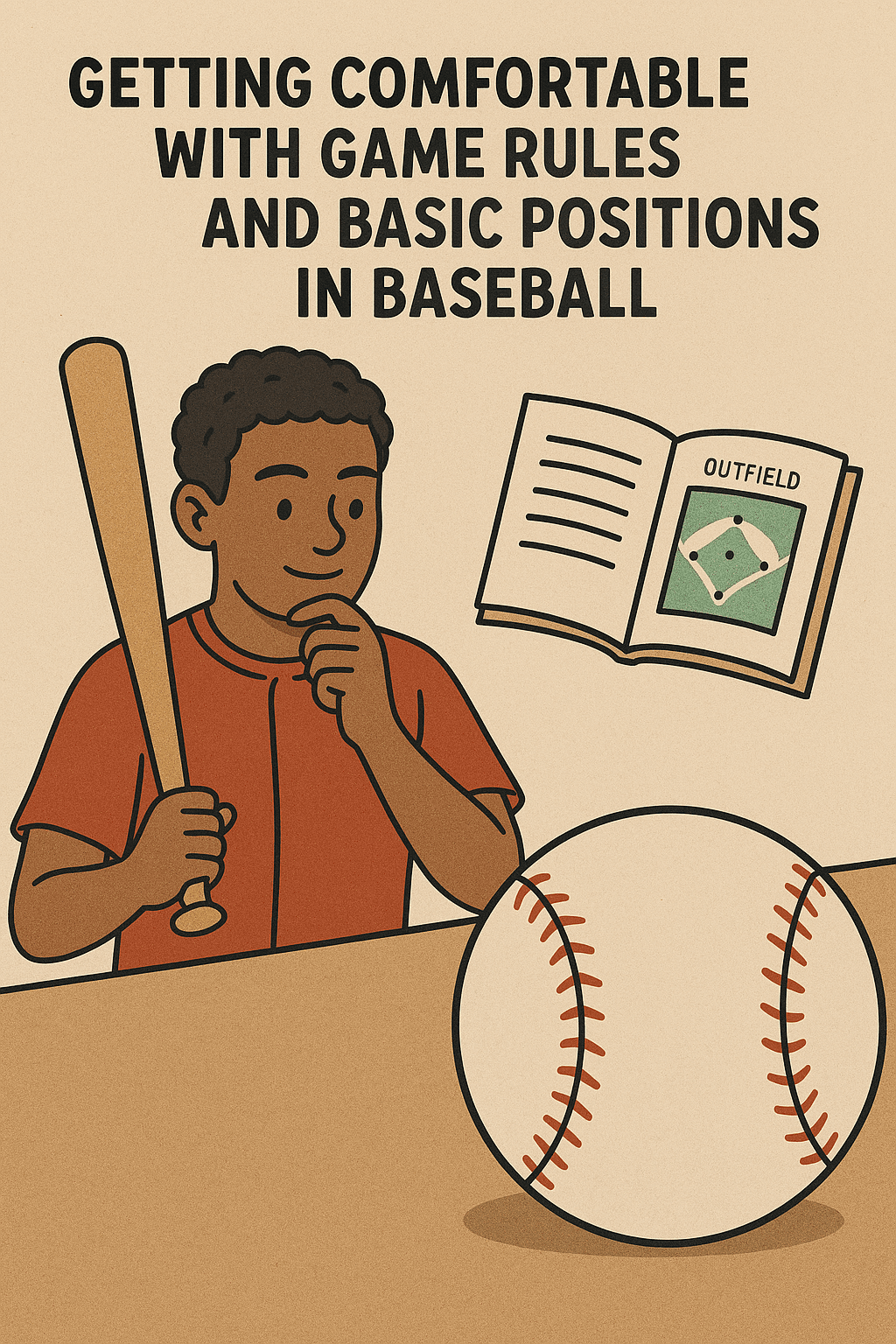For beginners, understanding the rules and positions of baseball is the first step toward feeling confident on the field. Learning these basics will not only improve a player’s game but also make practices and games more enjoyable. This guide will help new players become familiar with the fundamental rules of baseball and the key positions on the field.
Understanding Basic Game Rules
Baseball may seem complicated at first, but breaking it down into simple concepts makes it easier to grasp. Here are some fundamental rules every beginner should know:
1. The Objective of the Game
- The goal of baseball is to score more runs than the opposing team. A run is scored when a player successfully rounds all four bases and touches home plate.
2. Basic Gameplay Structure
- A baseball game is divided into innings. Each team gets a chance to bat and play defense in every inning.
- There are nine innings in a professional game, but youth games may have fewer.
3. Batting and Base Running
- A batter tries to hit the ball into play and reach base safely.
- Once on base, a player must advance to the next bases before being tagged out or forced out.
- A home run occurs when a batter hits the ball over the outfield fence in fair territory, automatically scoring a run.
4. Defense and Outs
- The defensive team works to get three outs per inning.
- An out can happen in multiple ways:
- Strikeout: The batter swings and misses three times or takes three strikes.
- Fly Out: A fielder catches a hit ball before it touches the ground.
- Ground Out: A fielder catches the ball and throws it to a base before the runner gets there.
- Tag Out: A fielder tags a runner before they reach a base.
Getting to Know Baseball Positions
Each position on the field has a specific role. Here’s a breakdown of the basic positions in baseball:
Infield Positions
- Pitcher (P) – The player who throws the ball to the batter and is responsible for controlling the game’s pace.
- Catcher (C) – Positioned behind home plate, the catcher receives pitches from the pitcher and helps direct the team’s defense.
- First Baseman (1B) – Covers first base and catches throws from other infielders to get outs.
- Second Baseman (2B) – Covers second base and fields balls hit between first and second base.
- Shortstop (SS) – Positioned between second and third base, the shortstop fields ground balls and often plays a key role in double plays.
- Third Baseman (3B) – Covers third base and fields balls hit down the third-base line.
Outfield Positions
- Left Fielder (LF) – Covers the left side of the outfield, catching fly balls and fielding ground balls.
- Center Fielder (CF) – Covers the middle of the outfield and is often the fastest outfielder.
- Right Fielder (RF) – Covers the right side of the outfield and usually has a strong arm to make long throws.
Tips for Beginners to Feel Comfortable
- Learn by Watching: Watching baseball games, whether live or on TV, helps beginners understand the flow of the game.
- Practice Regularly: Repetition of basic plays, such as throwing, catching, and base running, helps build confidence.
- Ask Questions: Coaches and teammates are great resources for clarifying rules and strategies.
- Stay Positive: Learning a new sport takes time—focus on improvement rather than perfection.
Conclusion
Getting comfortable with baseball rules and positions is a key step for beginners. By understanding the basic gameplay and roles on the field, new players can build confidence and enjoy the sport more. With practice, patience, and a willingness to learn, every beginner can develop a solid foundation in baseball and have fun while doing it!




